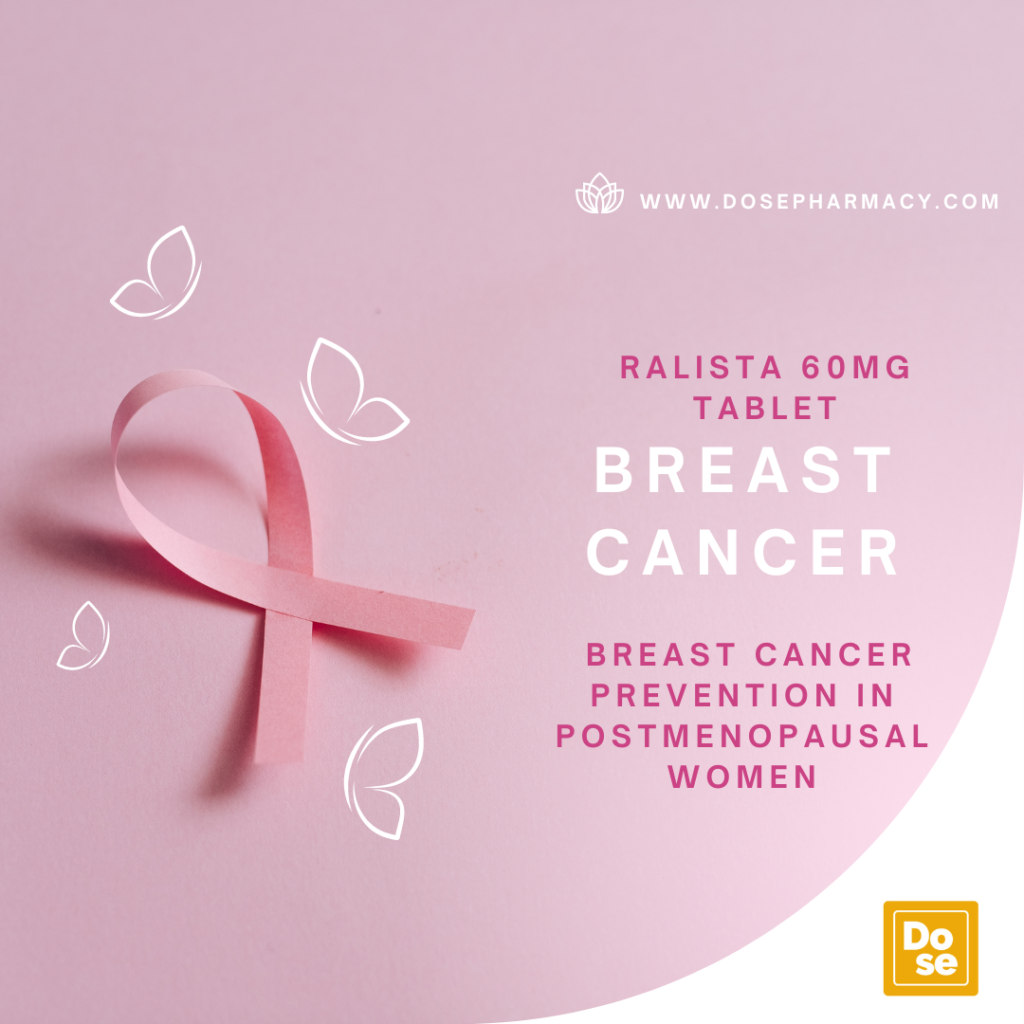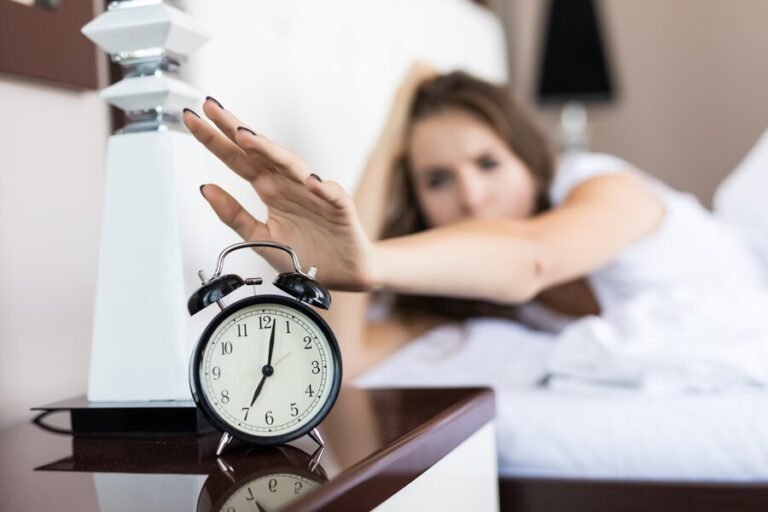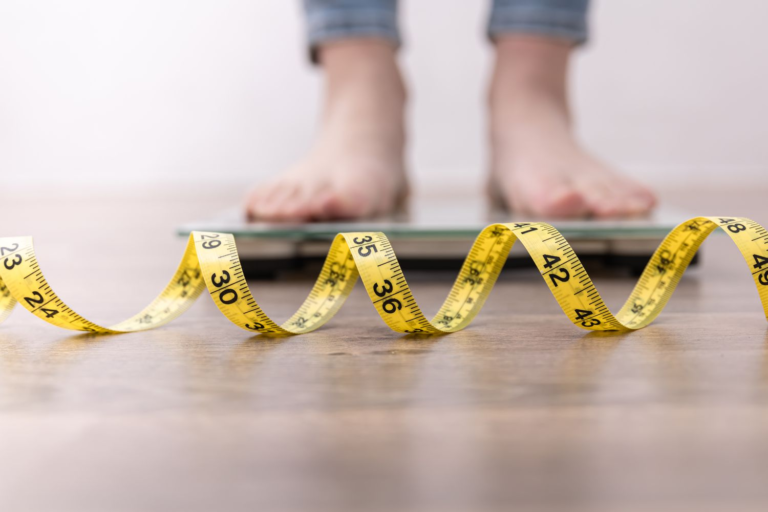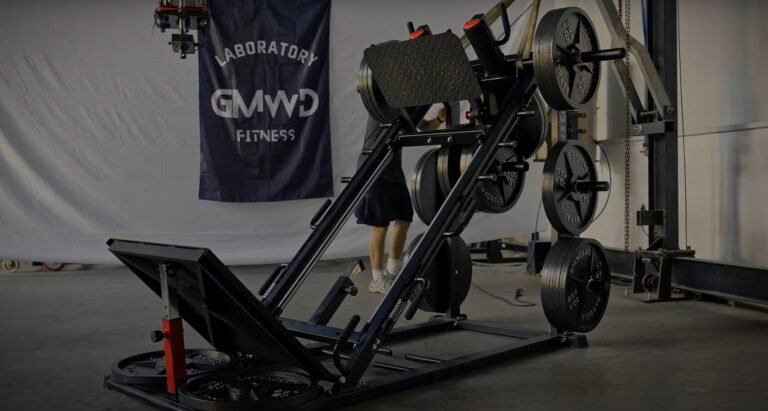
As women transition through menopause, a wide range of physical and emotional changes occur due to a sharp decline in estrogen levels. These hormonal fluctuations can affect bone health, cardiovascular function, and overall quality of life. To manage these effects, many women explore various therapeutic options. Among them is Buy Raloxifene, a selective estrogen receptor modulator (SERM) that plays a unique role in supporting hormonal balance and maintaining health after menopause.
In this article, we explore how Raloxifene helps manage hormonal imbalances in postmenopausal women, its mechanism of action, benefits, potential risks, and how it compares to other therapies.
Understanding Hormonal Changes After Menopause
Menopause marks the end of a woman’s reproductive years, typically occurring between the ages of 45 and 55. It is defined by the cessation of menstruation for 12 consecutive months. During this transition, the ovaries produce significantly less estrogen and progesterone, which are key hormones that regulate various bodily functions.
Common symptoms and health concerns related to postmenopausal hormonal imbalance include:
- Hot flashes and night sweats
- Vaginal dryness
- Mood swings or depression
- Loss of bone density (osteoporosis)
- Increased risk of cardiovascular disease
- Changes in skin and hair texture
- Decreased libido
These effects can significantly impact a woman’s physical and emotional well-being. Hormone replacement therapy (HRT) is often used to alleviate symptoms, but it may not be suitable or safe for everyone. That’s where Raloxifene comes in.
What is Raloxifene?
Raloxifene hydrochloride is a non-steroidal SERM that was approved by the FDA primarily for the prevention and treatment of osteoporosis in postmenopausal women and reducing the risk of invasive breast cancer in certain populations. It is sold under brand names like Evista and is typically taken as a 60 mg oral tablet once daily.
What makes Raloxifene distinct is its ability to selectively mimic or block estrogen in different tissues of the body. In some areas (like bone), it acts like estrogen to help maintain strength and density. In others (like breast tissue), it acts as an estrogen antagonist to reduce the risk of hormone-related cancers.
How Raloxifene Supports Hormonal Balance
While Raloxifene does not replace estrogen, it plays a regulatory role by interacting with estrogen receptors in the body in a tissue-specific way. Here’s how that helps:
1. Bone Health
Estrogen helps keep bones strong by reducing bone resorption (breakdown). After menopause, the drop in estrogen increases the risk of osteoporosis and fractures. Raloxifene mimics estrogen’s action on bone, thereby:
- Increasing bone mineral density
- Reducing the risk of spinal fractures
- Slowing down bone loss
This makes it a valuable alternative for women who cannot or choose not to take HRT.
2. Breast Tissue Protection
One of the significant risks of traditional estrogen therapy is the increased chance of breast cancer. Raloxifene counters this concern by blocking estrogen activity in breast tissue, thereby:
- Reducing the risk of estrogen receptor-positive breast cancers
- Offering preventive benefits for women with high breast cancer risk
This dual benefit — supporting bones while protecting breast tissue — is a unique feature of Raloxifene among SERMs.
3. Lipid Profile and Cardiovascular Health
Raloxifene has been shown to positively affect cholesterol levels, particularly by reducing low-density lipoprotein (LDL) or “bad cholesterol.” However, it has no significant impact on high-density lipoprotein (HDL) or “good cholesterol” and doesn’t seem to reduce the risk of heart attacks or strokes. Still, for some women, the improvement in lipid profile may contribute to a better cardiovascular outlook.
4. Neutral or Negative Effects on Other Symptoms
It’s important to note that Raloxifene does not relieve common menopausal symptoms like hot flashes or vaginal dryness. In fact, some women may find these symptoms worsen when taking the medication. This means that while Raloxifene is useful for managing certain hormonal imbalances, it is not a complete replacement for hormone therapy in symptomatic women.
Benefits of Raloxifene in Postmenopausal Women
- Non-hormonal alternative to HRT
- Reduces the risk of vertebral fractures
- Protects against estrogen-dependent breast cancers
- Does not stimulate the uterus (unlike estrogen therapy)
- Oral, once-daily dosing
These features make it a good choice for women who need bone protection or cancer risk reduction without systemic estrogen therapy.
Potential Risks and Side Effects
As with any medication, Raloxifene has potential side effects and risks. The most common include:
- Hot flashes
- Leg cramps
- Swelling in the legs or feet
- Flu-like symptoms
- Increased risk of deep vein thrombosis (DVT) or pulmonary embolism (PE)
Due to its effect on clotting, Raloxifene should not be used by women with a history of blood clots, stroke, or certain cardiovascular conditions.
Who Should Consider Raloxifene?
Raloxifene is generally recommended for:
- Postmenopausal women at risk of or diagnosed with osteoporosis
- Women with a family history of breast cancer or other risk factors
- Women unable or unwilling to take hormone therapy
It is not suitable for:
- Women with active or past blood clots
- Premenopausal women
- Women seeking relief from hot flashes or vaginal atrophy
Raloxifene vs. Hormone Replacement Therapy (HRT)
| Feature | Raloxifene | HRT (Estrogen or Estrogen + Progestin) |
| Bone Protection | ✅ Yes | ✅ Yes |
| Breast Cancer Risk | ⬇️ Decreases | ⬆️ Increases (in some cases) |
| Hot Flash Relief | ❌ No | ✅ Yes |
| Blood Clot Risk | ⬆️ Increased | ⬆️ Increased |
| Vaginal Dryness Relief | ❌ No | ✅ Yes |
| Uterine Stimulation | ❌ No | ✅ Yes (requires progestin if uterus intact) |
Conclusion
Raloxifene is a powerful tool for addressing specific aspects of hormonal imbalance in postmenopausal women, particularly bone health and breast cancer prevention. Its selective action on estrogen receptors allows it to deliver benefits without the risks associated with full estrogen replacement therapy. However, it’s not a catch-all solution — women experiencing significant vasomotor symptoms (like hot flashes) or vaginal dryness may need additional treatment options.
As with any medication, a personalized approach is essential. Women considering Raloxifene should consult their healthcare provider to evaluate their health history, risk factors, and treatment goals to determine if it’s the right fit for them.




